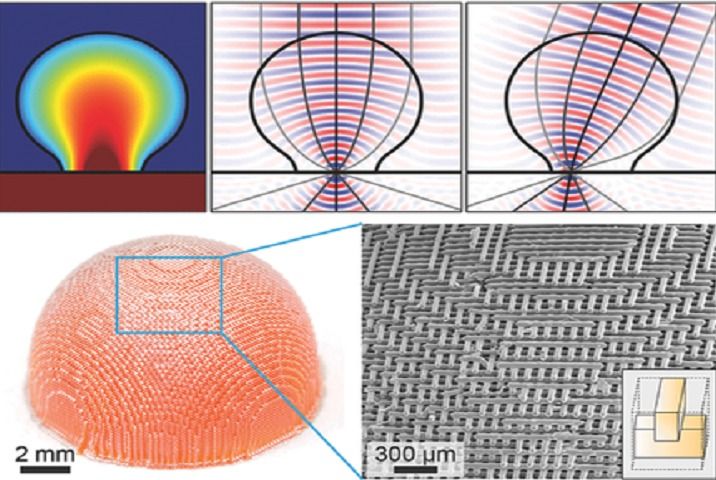May 4, 2016
Kiel’s Researchers Explore Nanostructure of Animal Cells
Posted by Karen Hurst in category: nanotechnology
Results are in from a study on the similarities and differences of the nanostructure surfaces.
There is a clear difference between a snake’s skin and moth’s eyes. Scientists at Kiel University have developed a new technique that brings this so-called ‘apples and oranges’ to a common level. This unique approach has given way to an entirely new and comparative outlook on biological surfaces, and provides a better understanding of how these surfaces actually work.

















